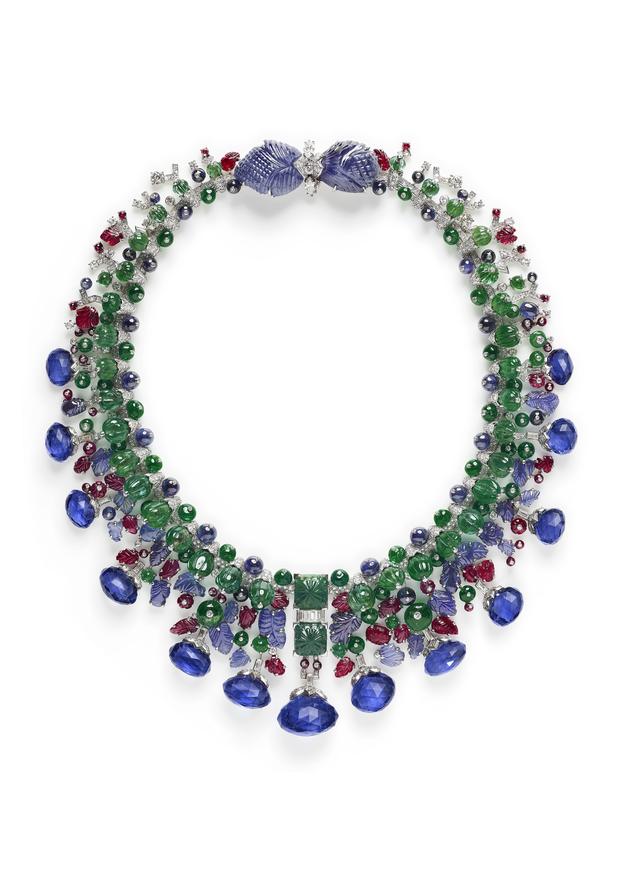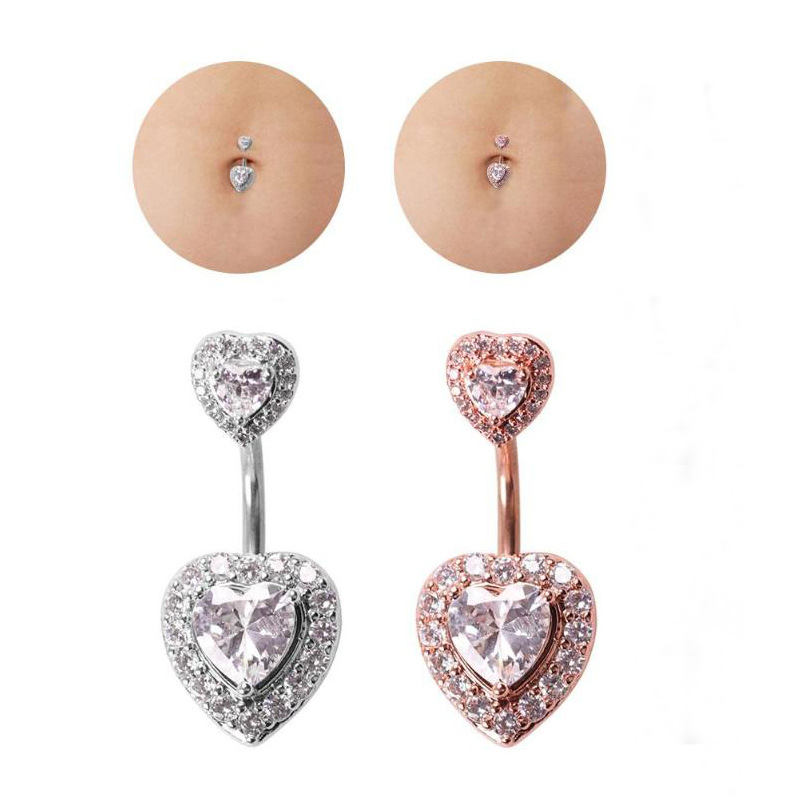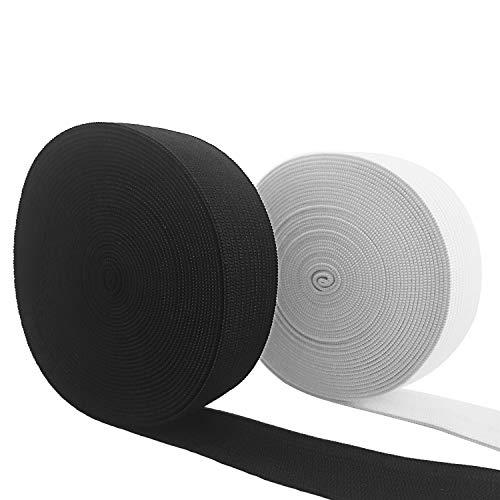To the modernity of jewelry through Islamic art
Jewelry
An exhibition at the Museum of Decorative Arts in Paris looks at the influence of Arab craftsmanship on Cartier
carmen morningWhat do Grace Kelly, Cole Porter and Islamic art have in common? The answer goes through something as unexpected as the jewels. Specifically those of the French house Cartier, which from the beginning of the 20th century found inspiration for its designs in the crafts, architecture and textiles of Persia, India or Armenia. A link that exemplifies the influence of this tradition on European art of the tenth and twentieth decades of the last century, and which is now explored by Cartier and Islamic art: in search of modernity. The exhibition that the Museum of Decorative Arts in Paris is hosting until February 20 is a project organized jointly by this institution and the Dallas Museum of Art, and which has had the collaboration of the Louvre to collect more than 500 pieces through of which it is a question of revealing the origins of the jeweler's interest in oriental motifs.
What leads a maison founded in 1847 and the epitome of French good taste to create brooches that reproduce the arches of the Cordoba mosque is the first question answered by the exhibition and two of its curators: Evelyne Possémé, chief curator of Art Nouveau, Art Decò and old and modern jewelry from the Museum of Decorative Arts; and Judith Hénon, assistant director of the Islamic art department at the Louvre. “Louis Cartier, the founder's grandson, was looking for references and ideas for his designs. He was not only a jeweler but also an antique dealer and his shop, located on rue de la Paix, was surrounded by shops of Armenian importers. Hence, his important personal collection of Islamic art”, explains Hénon. Books were the passion of Louis Cartier, and from the treatises on architecture and decorative elements details and patterns emerge that can be traced in cigarette cases, bracelets and even tiaras dating from the first decade of the 20th century. These pieces respond to the enthusiasm for Islamic aesthetics that swept Europe, and especially Paris, from two decisive exhibitions: the one organized precisely by the Museum of Decorative Arts in 1903 and the one in Munich in 1910. “Now we begin to understand how important it was the discovery of Islamic art for the artists of the time. The 1903 show opened their eyes to new shapes and colors. Henri Matisse went to the one in 1910 and wrote about it and the influence he had had on all of modern art. Its weight was very important, from the theater to advertising, and it seems that we have forgotten it”, claims Possémé.
Cartier was not the only jewelry or fashion house that embraced this ascendancy —Poiret or Chopard did too—, but it was the one that integrated it in a more relevant way. Hénon is categorical: "Islamic influence was what allowed the firm to enter modernity." The brand went from its famous garland style — profuse in bows and rounded shapes typical of Renaissance romanticism — to design pieces inspired by the geometric drawings of Islamic art. The straight line began to dominate his catalogue, and elements such as glazed brick decorations from Central Asia or stepped merlons form the basis of a precursor repertoire of Art Deco. Architectural elements can also be identified, such as the triangles on the façade of the Mshatta Palace, erected in Jordan around the year 143, on a tiara from the early 20th century. "All this would place Cartier in a very early modern world," Possémé completes.

India is also a fundamental influence. Jacques Cartier, another grandson of the founder, traveled there in 1911 in search of pearls, which allowed him to come into contact with the maharajas and buy traditional jewelry to sell, use as inspiration or unstrung, as he did with a silver belt that he transformed into a set of earrings and bracelets for designer Elsa Schiaparelli. Techniques were also imported from India, new settings and assemblies that gave the pieces a flexibility that has become a hallmark of the French house.
One of its greatest exponents are the Tutti Frutti designs, made up of small articulated colored stones, among which the bracelet owned by Linda Lee Thomas — Cole Porter's wife — now on display in Paris stands out. That vocabulary survives to the present day, according to Pierre Rainero, director of Heritage at Cartier. He does it, fundamentally and in his words, "thanks to the richness of his geometric patterns" that are already part of the global jewelry tradition.
RulesMore information
The story of the spectacular bracelet that Princess Margaret used in one of her official portraits and that will now have a new owner
The Country | MadridElizabeth Taylor and Richard Burton: "We were always madly in love, but we ran out of time..."
Patricia Tubella | LondonFiled in
most seen
- A disagreement with her partner, the real reason for the cancellation of Adele's concerts in Las Vegas
- Pilar Eyre: "The king emeritus was the first to charge for going bowling"
- The fierce war for the Guerlain fortune
- Drew Barrymore and Kate Hudson reveal they had open relationships with Luke and Owen Wilson
- Rigoberta Bandini reveals the details of her dress at the Benidorm Fest: "It's a shout out to mothers"







![47 best antiage nutritive cream in 2022 [based on 326 reviews] 47 best antiage nutritive cream in 2022 [based on 326 reviews]](https://website-google-hk.oss-cn-hongkong.aliyuncs.com/drawing/article_results_6/2022/2/27/1918fc37c66ad30564173e69d9df88a0.jpeg)
